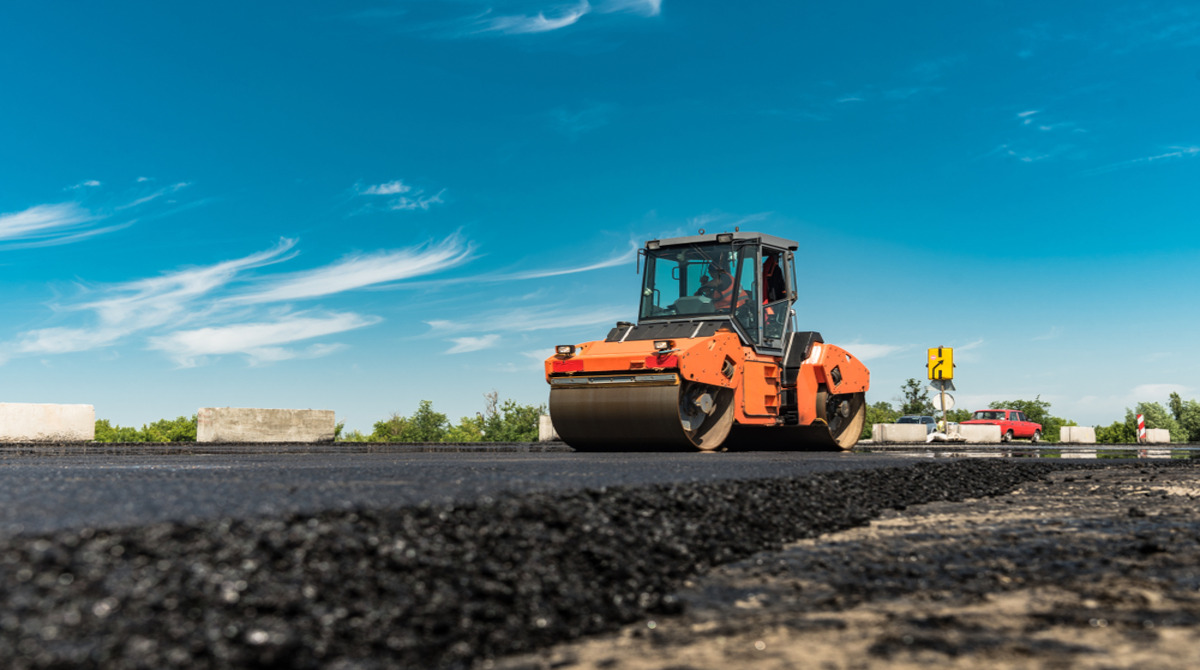
A major milestone has been reached in Northern Ontario as Ontario and Webequie First Nation formalize a partnership to advance the Webequie Supply Road, a key access route into the mineral-rich Ring of Fire region. The agreement, backed by nearly $40 million in provincial funding, will kickstart community infrastructure projects and early road works, marking a pivotal step toward long-term economic growth and Indigenous-led development.
Building Infrastructure for Connectivity and Growth
Located nearly 600 kilometres north of Thunder Bay, Webequie First Nation is currently accessible only by air or winter road. The new funding will begin transforming that isolation by financing the following:
- The construction of a community centre with an arena
- The replacement of the airport terminal that was lost to fire
- Purchase of equipment and materials for road preparation
Ontario’s Minister of Indigenous Affairs, Greg Rickford, emphasized that the investment also includes runway upgrades, a new helicopter pad, and expanded electricity capacity to support future business and industrial needs. These components will strengthen Webequie’s infrastructure while laying the foundation for large-scale road construction toward the Ring of Fire mining corridor.
Chief Cornelius Wabasse also highlighted the importance of using this agreement to improve community well-being, including new mental health resources as part of the provincial support package.
Design and Construction Vision for the Webequie Supply Road
The Deep Dive reports that the Webequie Supply Road will extend approximately 60 kilometres southward toward the proposed mining developments in the Ring of Fire. The project is designed to provide year-round, all-weather access for both residents and future resource operations.
After six years of detailed environmental review, Webequie has completed the draft Environmental Assessment (EA) for the supply road — a process led by the community itself, ensuring Indigenous oversight of local land use and environmental stewardship.
Two other road initiatives will connect the network:
-
The Northern Link Road, co-led by Webequie, will tie into Marten Falls First Nation.
-
The Marten Falls Community Access Road, led by Marten Falls, will connect to the provincial highway system further south.
If Ontario’s stance on federal oversight holds, construction on the Webequie Supply Road could begin as early as June 2026, following final EA approvals.
Integrating Construction Standards and Sustainable Design
The upcoming infrastructure and roadwork will follow high-performance design and construction standards suitable for northern permafrost conditions, seasonal flooding, and remote logistics challenges. The project’s design phase will emphasize:
-
Gravel-based roadbeds with frost protection and proper drainage
-
Prefabricated culverts and modular bridges for rapid deployment
-
Environmentally sensitive routing to minimize wetland impact
-
Energy-efficient airport terminal design with advanced insulation
-
Community facilities built to modern accessibility and sustainability codes
As part of Ontario’s broader infrastructure strategy, these design principles will ensure the longevity of the new assets and their adaptability to future expansion or industrial use.
Construction Workforce and Trades Involved
The multi-stage development of the Webequie Supply Road and related community projects will employ a wide variety of trades and skilled workers. The following are key construction roles anticipated in the project:
-
Heavy Equipment Operators – handling excavation, grading, and aggregate placement for the supply road
-
Surveyors and Civil Engineers – mapping terrain and establishing alignments for drainage and load-bearing design
-
Concrete and Asphalt Crews – working on the new airport terminal, helipad, and community arena foundations
-
Electricians and Power Line Technicians – expanding electrical infrastructure and lighting systems
-
Plumbers and Mechanical Installers – integrating water and wastewater systems for the new community centre
-
Carpenters and Framers – erecting structural components for buildings and bridges
-
Ironworkers and Welders – assembling structural steel elements and equipment storage facilities
-
Roofers and Insulation Specialists – ensuring cold-climate protection for public buildings
-
HVAC Technicians – installing energy-efficient heating and ventilation systems in new facilities
-
Truck Drivers and Logistics Coordinators – managing the transport of aggregates, equipment, and fuel to remote sites
-
Environmental Technicians and Inspectors – monitoring soil stability, water protection, and reclamation activities
The collaboration will also open opportunities for Indigenous apprenticeships and local hiring programs, building long-term capacity in trades and project management within Webequie and nearby communities.
Balancing Progress and Environmental Stewardship
While the province pushes to fast-track road construction, concerns remain over federal involvement in the assessment process. Premier Doug Ford has urged Ottawa to drop its Impact Assessment of the project, calling it redundant given the community-led review. However, Neskantaga First Nation Chief Gary Quisess opposes removing federal oversight, arguing it safeguards Indigenous consultation and environmental protection.
Quisess emphasized that federal review provides “the only process that guarantees a First Nation voice,” raising concerns about potential impacts to sacred burial sites and drinking water along the Attawapiskat River. These differing perspectives highlight the ongoing need for collaborative governance and transparent environmental management as the project moves toward implementation.
A Road Toward Opportunity
For Webequie, the partnership with Ontario represents more than an infrastructure agreement — it is a pathway to self-determination and prosperity. Premier Ford described it as an investment in youth and opportunity, saying, “Prosperity and big changes are coming to the First Nation.”
As work begins on community buildings and preparatory road construction, the project will bring economic development, employment, and access to essential services to one of Northern Ontario’s most remote regions. The Webequie Supply Road stands as both a literal and symbolic connection — linking the community to the province’s economic future while grounding that progress in Indigenous leadership and participation.
Posted by Judy Lamelza






